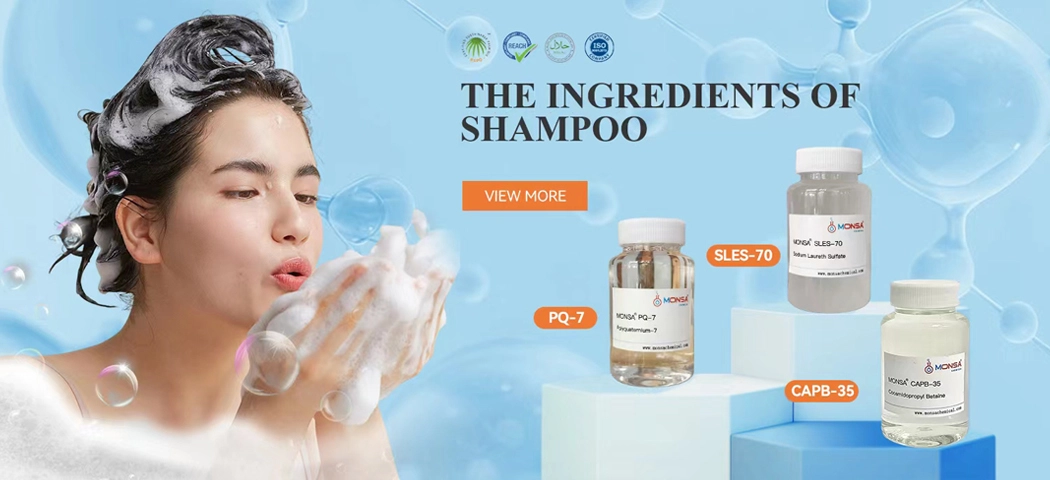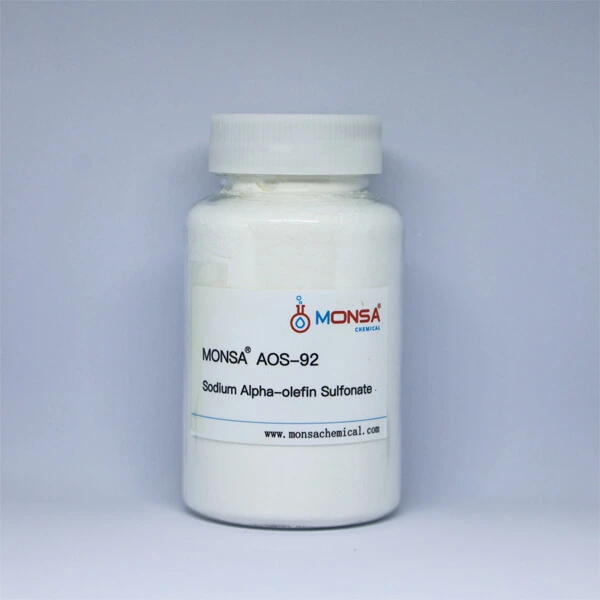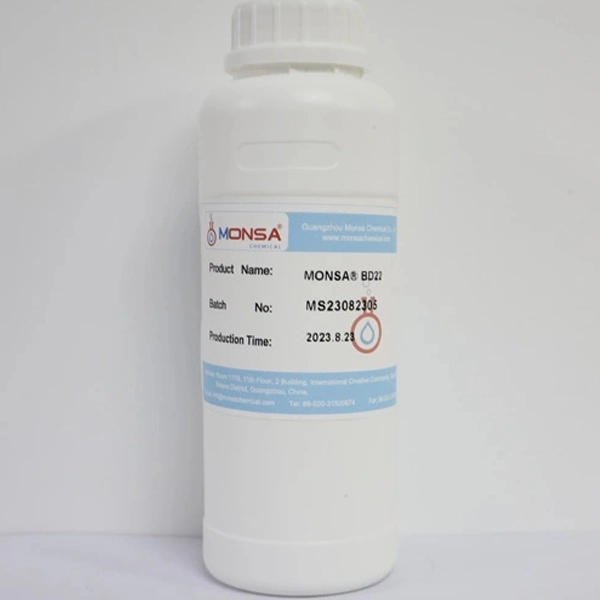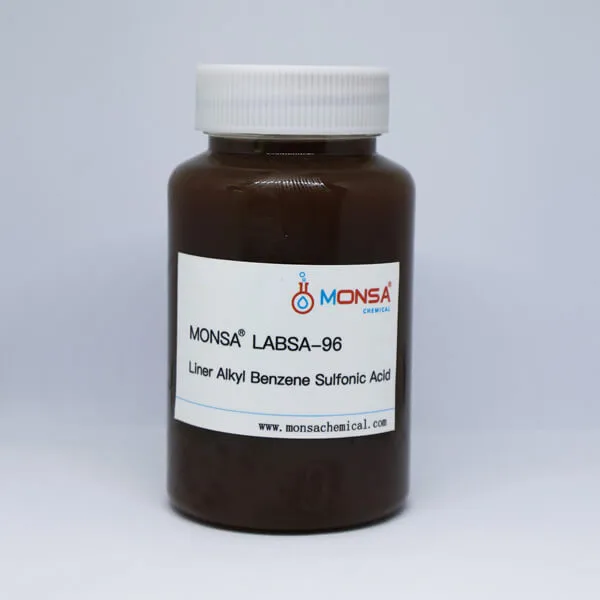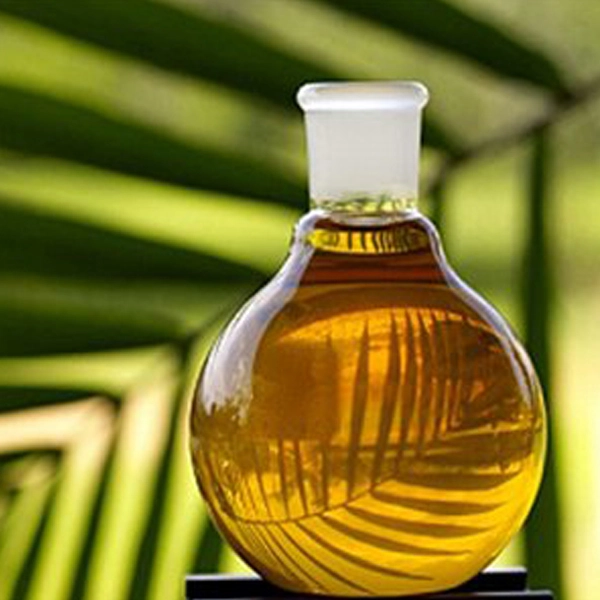What is fatty alcohol
In the world of chemistry, fatty alcohol refers to a class of fatty alcohols with carbon chain lengths ranging from 8 to 22, usually having an even number of carbon atoms and a hydroxyl group connected to the end of the carbon chain. This unique structure makes fatty alcohol one of the raw materials for surfactants used in detergents, with the general formula ROH. The alkyl group of the alcohol used in detergents is usually C12~C18. Although fatty alcohol has low solubility in water, by adding a hydrophilic group or converting the hydroxyl group into a sulfate group, it can become a surfactant with sufficient hydrophilic groups, dissolve in water, and form micelles, exhibiting excellent surface activity.
Development of fatty alcohol
The history of fatty alcohol can be traced back to its earliest extraction from whale wax, which was then sulfonated and neutralized to form sulfates, becoming the earliest anionic surfactant. With technological advances, the production of fatty alcohol has become more diversified, utilizing rich sources such as coconut oil, palm oil, and tallow. From natural fatty alcohol to synthetic fatty alcohol, the production methods have become increasingly abundant, including high-pressure hydrogenation, Ziegler process, and carbonyl synthesis. These methods provide a diverse selection for the production of fatty alcohol to meet different demands.
Production methods of fatty alcohol
High-pressure hydrogenation method
Using animal and vegetable oils and fats as raw materials, fatty alcohols are obtained through high-pressure hydrogenation. This process involves steps such as pretreatment, alcoholysis, and hydrogenation to ensure the production of high-quality fatty alcohol.
Chemical reaction equation
RCOOH+2H2—→RCH2OH+H2O
Ziegler process
The reaction between ethylene and trialkylaluminium leads to the formation of aluminum alcohol compounds through chain growth and oxidation, and finally, fatty alcohols are obtained through hydrolysis, neutralization, and distillation.
The main reaction steps include triethylaluminium preparation, alkylaluminium preparation, aluminum alcohol compound preparation, and fatty alcohol production.
Carbonyl synthesis method
Using olefin, carbon monoxide, and hydrogen under catalytic and pressurized conditions to synthesize aldehydes, followed by hydrogenation to obtain fatty alcohols.
OXO Reaction
The aldehydation reaction of olefins, is a significant method for synthesizing fatty alcohol ethoxylate.
The uses and market development of fatty alcohols
Natural high-grade fatty alcohols serve as fundamental raw materials for fine chemical products such as detergents, surfactants, and plasticizers, and have found widespread applications in various industries. Surfactants prepared from fatty alcohols, such as AEO3-9, exhibit excellent stain-removing capabilities, low foaming, and easy biodegradability, gradually replacing traditional detergent ingredients. The use of natural fatty alcohols in daily chemical, cosmetic, and other fields has gained market recognition, aligning with the current "green" trend and establishing itself as an ideal raw material.
In summary, fatty alcohols, as essential components of surfactants, play an irreplaceable role in industries such as chemical engineering and the manufacturing of daily necessities. Understanding the developmental history, production methods, and wide-ranging applications of fatty alcohols holds significant reference value for professionals and consumers in related industries.

